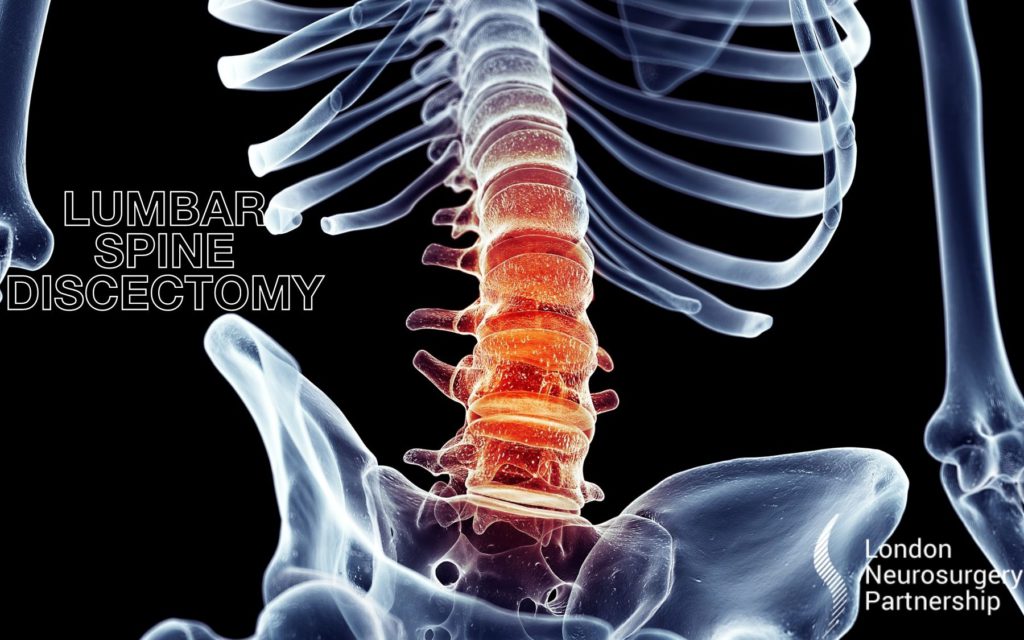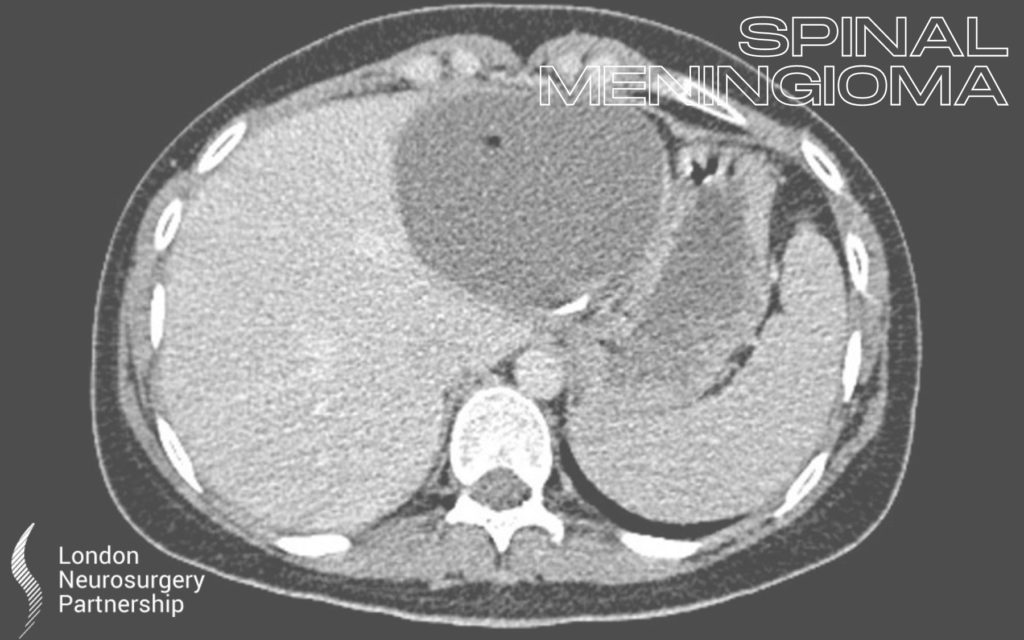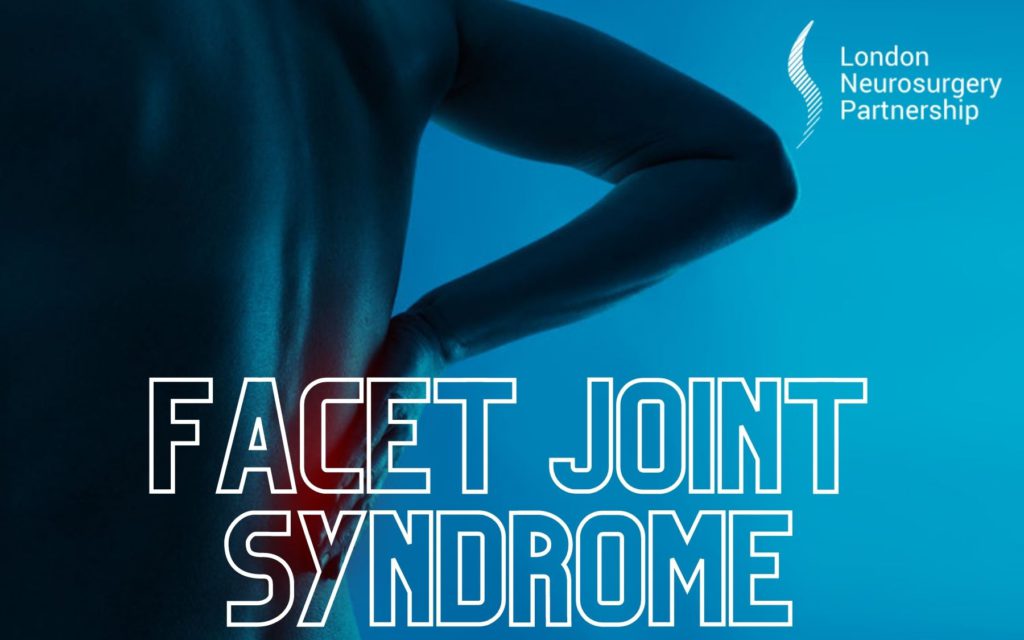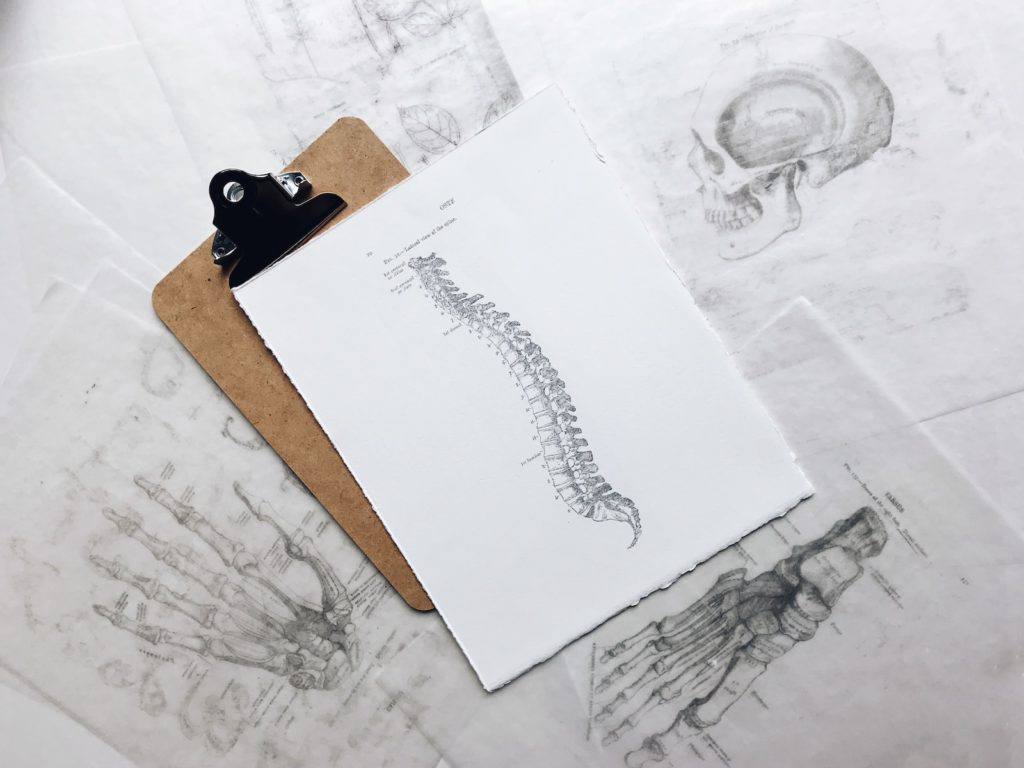
Mr Gordan Grahovac, one of the London Neurosurgery Partnership’s complex spine specialists, discusses what a lumbar spine discectomy is and why you might be offered one…
The lumbar spine is the lower region of the spine, made up of 5 bones (L1-L5), found just above the sacrum. A lumbar spine discectomy is used to treat compressed nerves in the lower spine. In general terms a ‘discectomy’ operation is a surgical treatment of pain caused by a prolapsed disc. It is to remove the part of the disc that is producing the nerve pain down the leg. A discectomy is often used if the disc protrusion is to one side or the other rather than central.
Lumbar spine surgery is usually only considered if non-surgical treatments (such as painkillers, physiotherapy and spinal injection therapy) for your lower spine haven’t worked and symptoms are affecting your quality of life.
As with a laminectomy, the surgeon will make an incision over the affected level of your spine down to the lamina. The surgeon will gently move the nerve to the side to expose the prolapsed or bulging disc, which they’ll remove a small part of to release the pressure on the nerves. Most of the disc will be left in tact to continue working as normal.
Patients will usually remain in hospital for 1-2 nights following a lumbar spine discectomy. You may feel bruised in your lower back but we try and minimise this by injecting local anaesthetic around the wound. Pain around the wound will take a couple of weeks to settle down.
A physiotherapist will see you before you are discharged. For the first 6 weeks you will need to take things easy and avoid heavy lifting, as well as any prolonged sitting and standing and you should limit activity to gentle walking and stretches. After about 6 weeks you can increase your activity as comfort allows. You should be back to your normal level of activity by 12 weeks.
Tips to prevent back pain and enhance recovery:
- Exercise – Do exercise that aims to improve and maintain aerobic fitness.
- Avoid smoking – Smoking is associated with increased back pain and poorer results from spinal surgery.
- Watch your weight – Being overweight forces the spine to carry unnecessary loads, and is associated with back pain.
- Avoid heavy lifting – Patients who have had major spinal problems should be cautious with heavy lifting and prolonged manual work. Make sure you have a good lifting technique – bending your knees and keeping your back straight, rather than bending at the waist.
This article is intended to inform and give insight but not treat, diagnose or replace the advice of a doctor. Always seek medical advice with any questions regarding a medical condition.





0 Comments